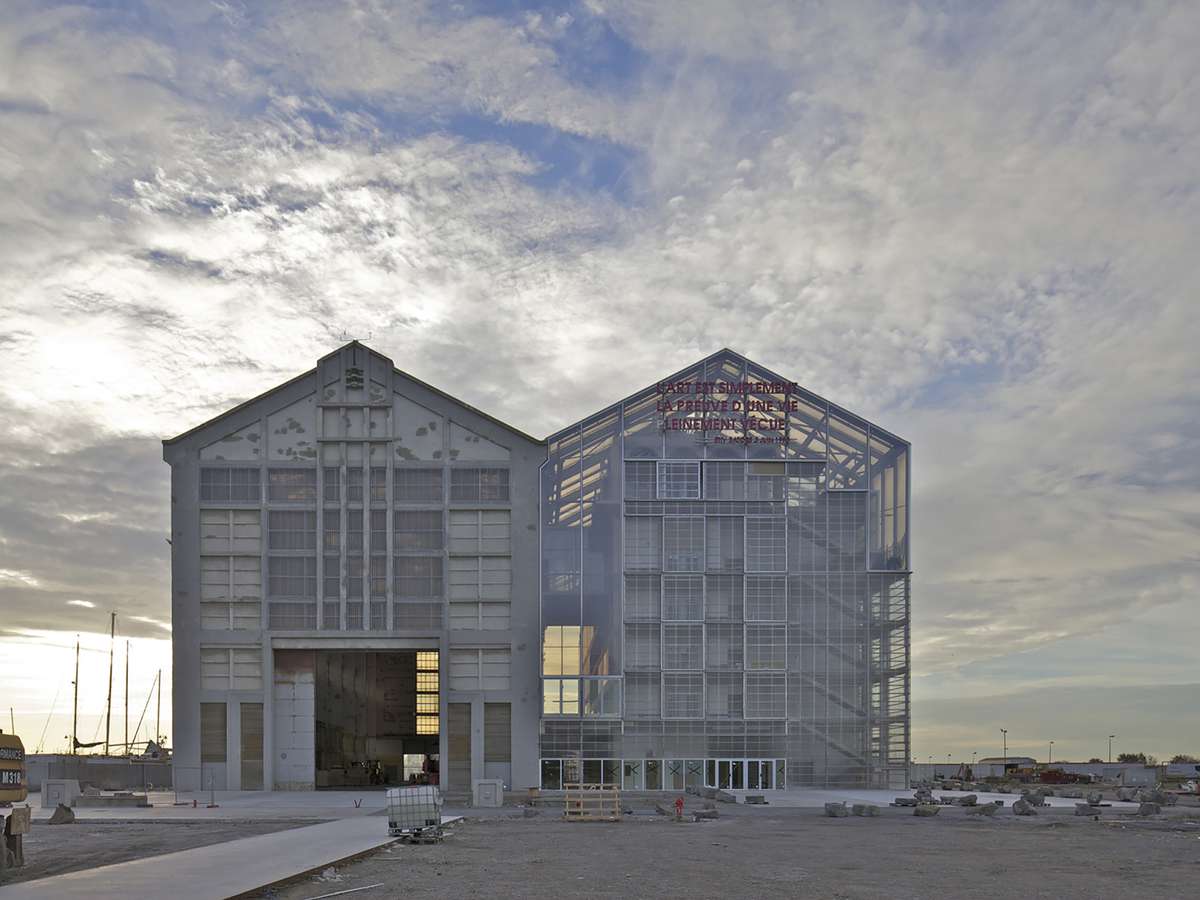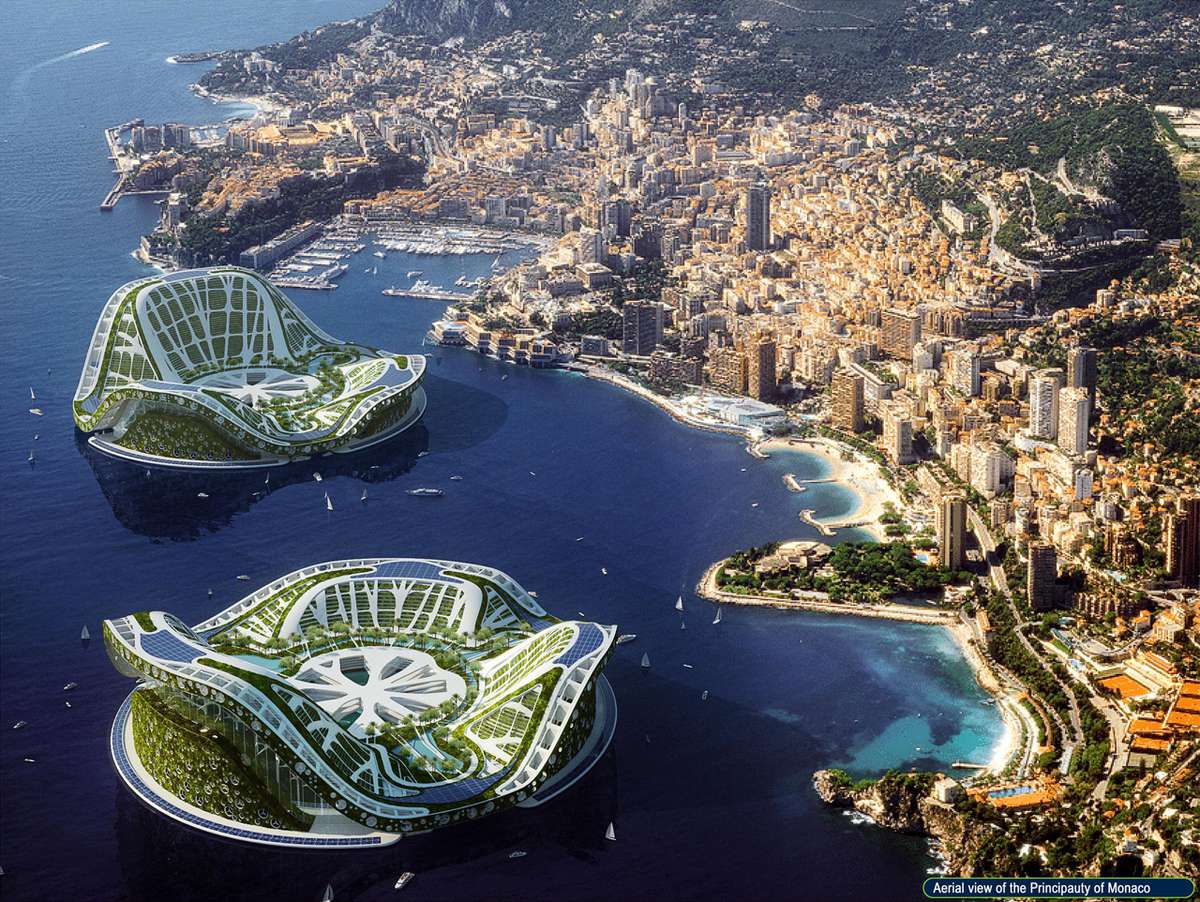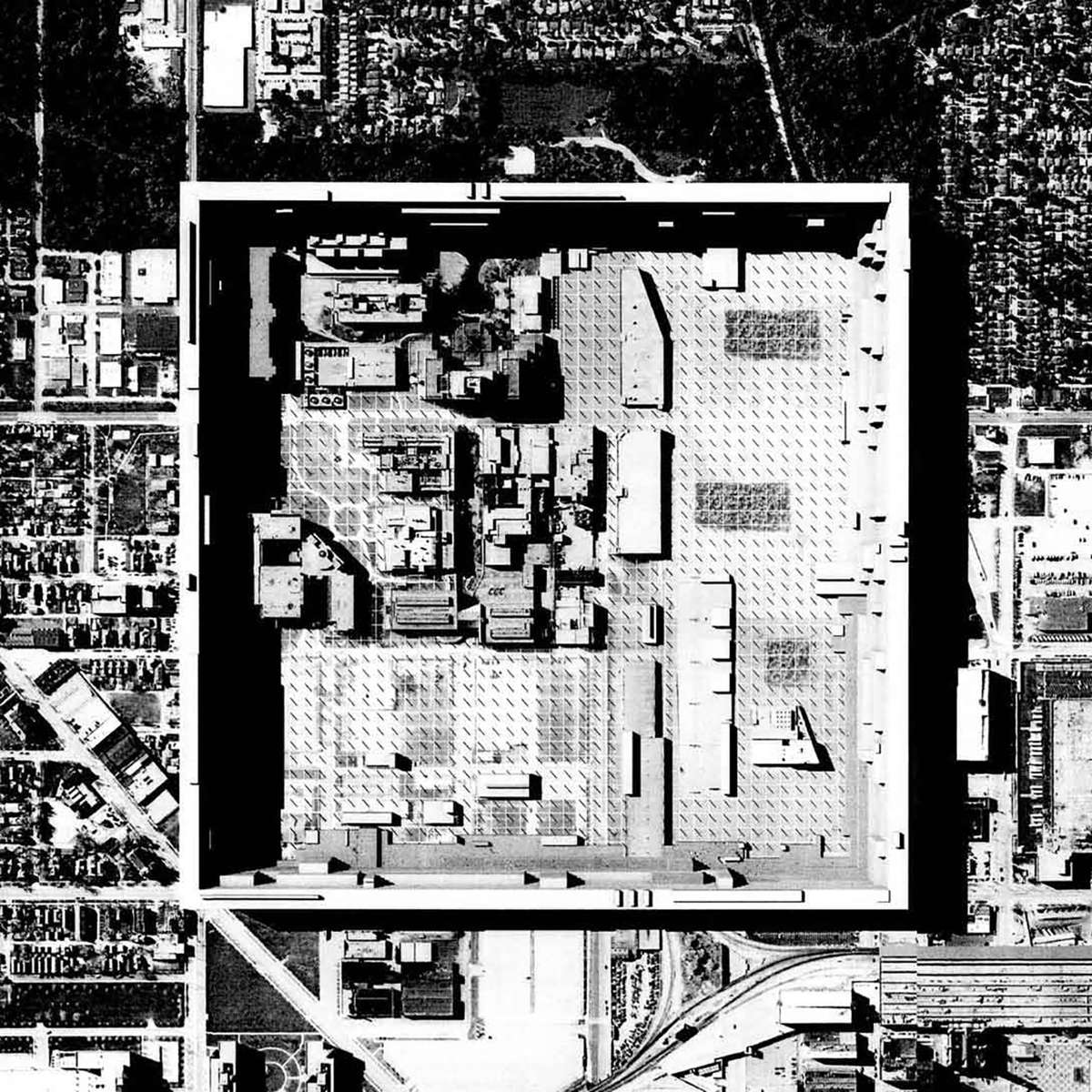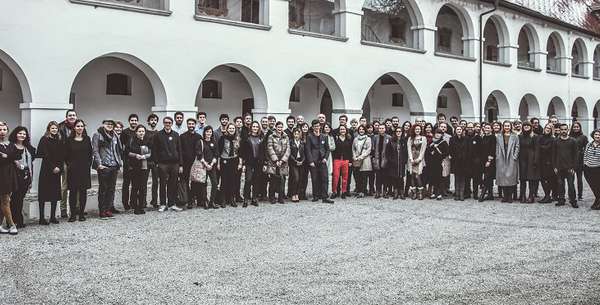Idea by
Ana Jeinić
Call for ideas 2016
Architecture After the Future
Architecture After the Future

According to social theorists such as Marc Augé or Franco Bifo Berardi, we live in an age characterized by the collapse of the very idea of the future: in the last decades of the 20th century, with the repeated economic crisis, the discouraging Reports to the Club of Rome, and the seemingly definite collapse of the socialist project, our believe in the future was irreparably shattered. Taking into account that in its conventional sense architectural project is always a project of the future, the described situation must have had profound consequences for architecture as a discipline. This is why any reflection on future architecture should start from an analysis of the spontaneous architectural responses to the implosion of the future in contemporary society. Architecture After the Future is a curatorial project that features a couple of contemporary European offices and practices standing exemplary for different tendencies in dealing with the crisis of the future in architecture.

Strategy 1
TEMPORARY ARCHITECTURE
Raumlabor, Monuments, 2013

Strategy 2
RECYCLING ARCHITECTURE
Lacaton & Vassal, FRAC Nord-Pas de Calais, Dunkerque, 2013

Strategy 3
SALVATORIAN ARCHITECTURE
Vincent Callebaut, Lilypad. A Floating Ecopolis for Climate Refugees, 2008

Strategy 4
ORDERING ARCHITECTURE
DOGMA, A Simple Heart, 2011
Architecture After the Future
Architecture After the Future

According to social theorists such as Marc Augé or Franco Bifo Berardi, we live in an age characterized by the collapse of the very idea of the future: in the last decades of the 20th century, with the repeated economic crisis, the discouraging Reports to the Club of Rome, and the seemingly definite collapse of the socialist project, our believe in the future was irreparably shattered. Taking into account that in its conventional sense architectural project is always a project of the future, the described situation must have had profound consequences for architecture as a discipline. This is why any reflection on future architecture should start from an analysis of the spontaneous architectural responses to the implosion of the future in contemporary society. Architecture After the Future is a curatorial project that features a couple of contemporary European offices and practices standing exemplary for different tendencies in dealing with the crisis of the future in architecture.

Strategy 1
TEMPORARY ARCHITECTURE
Raumlabor, Monuments, 2013

Strategy 2
RECYCLING ARCHITECTURE
Lacaton & Vassal, FRAC Nord-Pas de Calais, Dunkerque, 2013

Strategy 3
SALVATORIAN ARCHITECTURE
Vincent Callebaut, Lilypad. A Floating Ecopolis for Climate Refugees, 2008

Strategy 4
ORDERING ARCHITECTURE
DOGMA, A Simple Heart, 2011



